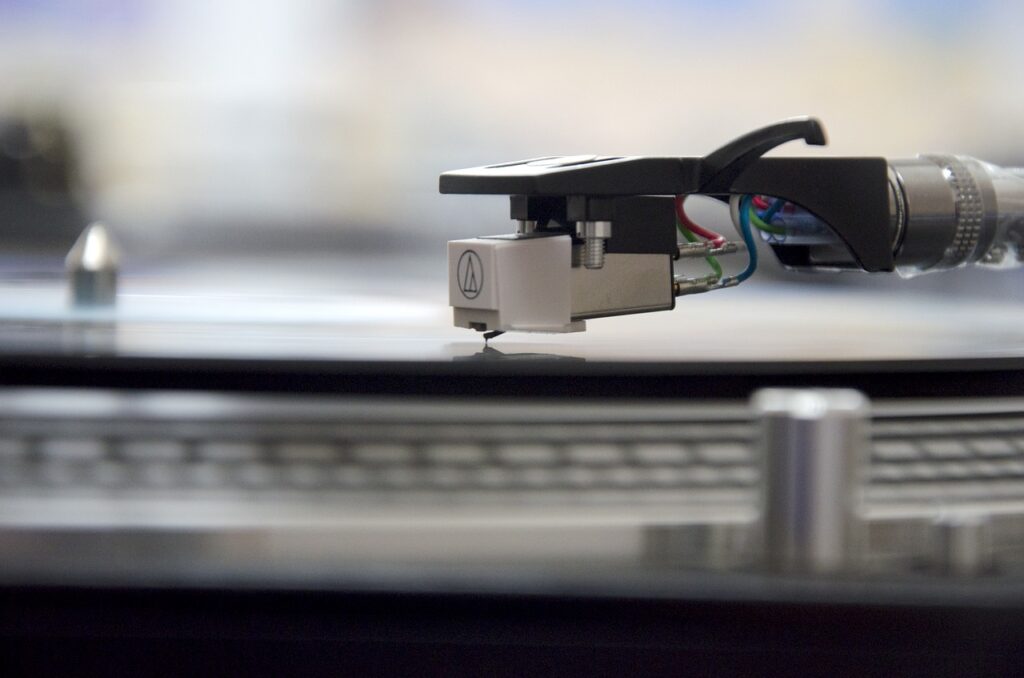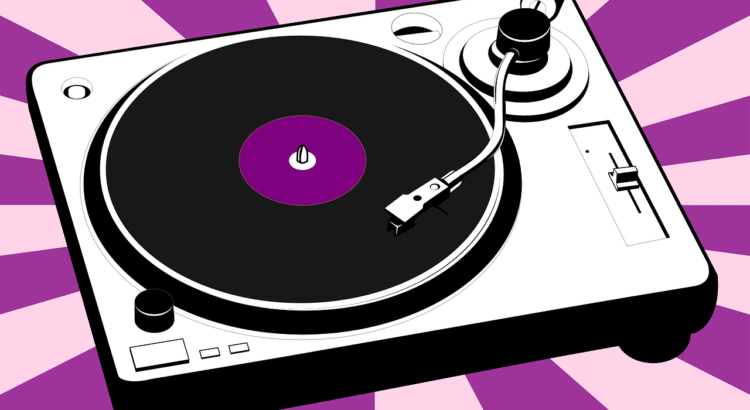Is music plagiarism cut and dried or are there still ‘Blurred Lines’?
Throughout the history of music there have been melodies, rhythms and lyrics that closely resemble existing compositions. So is it clear in the eyes of the law when homage, inspiration or musical parody becomes outright musical theft?

History Repeats Itself
Despite the controversy surrounding the recent high profile case of the Thicke and Williams track ‘Blurred Lines’ and it’s legal dispute with the estate of Marvin Gaye, musical plagiarism is far from a new phenomenon.
In the early 1960’s The Beach Boys were forced to relinquish the publishing rights of their song ‘Surfin’ USA’ to Chuck Berry’s publisher due to its similarity to one of Berry’s compositions. Led Zeppelin got into hot water when there second album was found to have lyrics and riffs copied from early blues artists such as Willie Dixon and Howlin’ Wolf.
Rod Stewart didn’t feel quite so horny when his song ‘Do You Think I’m Sexy’ was found to have a number of similarities to another composition, ‘Taj Mahal’ by Brazilian composer Jorge Ben Jor.
In the 1990’s, the Oasis hit ‘Whatever’ was forced to share songwriting credits with former Bonzo Dog & Python lyricist Neil Innes for its similarity with his song ‘How Sweet to be an Idiot’.
And the Manchester brothers were in trouble a second time when The New Seekers questioned the similarity between their hit ‘I’d Like to Teach the World to Sing’ and the Oasis song ‘Shakermaker’.
Plagiarism cases have continued throughout the 21st Century. Sam Smith’s Grammy nominated hit, ‘Stay With Me’ was the subject of an out-of-court settlement with Tom Petty and ELO’s Jeff Lynne, when it was decided the melody contained too many similarities to Petty’s hit ‘I Won’t Back Down’.
And UK producer Mark Ronson was forced to add writer’s credits to various members of The Gap Band for copying one of their hits on his multi million selling worldwide hit single ‘Uptown Funk’.
The latest high profile case concerns Jay Z and producer Timberland with their long running lawsuit defending their hit Big Pimpin’ and its interpolation of the Egyptian love ballad Khosara Khosara.
With these examples and many, many more besides, surely it’s clear that there must be very well defined rules to govern whether a song is copied or not. Or are there?
What exactly does the Law have to say about musical plagiarism?
The Law and How it Stands
Well, in many cases it seems to boil down to quantity. Exactly how much of the copyrighted material has been copied? Just a little, or is it a substantial amount?
If it’s more than what is considered to be paying homage to a particular artist or song, then the alarm bells of ‘infringement’ may begin to toll. And when an entire melody or motif is undeniably similar then the laws will irrefutably consider it as a copyright infringement.
And since the ‘Blurred Lines’ case, the substantiality clause has been extended. It’s not only a similar melody or copied lyric, but also the ‘feel’ of the composition. Its very ‘soul’. Its ‘mojo’ that may also be copied.
The second thing that the law considers is the ‘likelihood’ that the artist may have plagiarised the work. For example, someone who has gone on record as being the numero uno David Bowie fanatic all their life, is more likely to be under suspicion if they release a track based on the chord structure, lyrics and melody line of ‘Heroes’. It could indeed be presumed that they have copied the track from their ‘hero’ Mr. Bowie. Any similarities will certainly not work in their favour.
Interestingly, Bowie has often described himself as a musical magpie. Citing in one interview that it’s knowing ‘what to steal and when to steal it’ that is the trick to good songwriting.
But then again his remarkable genius elevates any would-be homage into an entirely new stratosphere. Quantum Plagiarism if you like. Yes, there may be an essence of the Rolling Stones and Velvet Underground in Aladdin Sane. But could either of those artists have written such songs or created such an album?

Thou Shalt Not Steal
An early example of problems arising from digital sampling was on a record by UK chillout producers, The Orb. Their 1990 release ‘A Huge Ever Growing Pulsating Brain That Rules from the Centre of the Ultraworld’ featured a big slice of the song ‘Loving You’ by Minnie Ripperton. It floated into the track as if in a dream. Panning around the stereo field, bathed in delay and reverb. A very pleasant effect that enhanced the Orb’s live DJ shows at the time. But including it on a published release was to land them in a great deal of trouble with Minnie Ripperton’s publishers and pretty soon after the release, the record was withdrawn. Only to appear later with the Ripperton version replaced by a hastily recorded sound-alike.
Another high profile case was a little known record by Rap artist Biz Markie. The track was called ‘Alone Again (Naturally)’ and featured a 10 second loop from the Gilbert O’Sullivan track of the same name. This became a test case for digital sampling when it was taken to court in 1991. O’Sullivan’s publishers won the case with the judge in summing up, quoting from the Ten Commandments. ‘Thou Shalt Not Steal’.
Pretty soon after this case, publishers and record companies became aware of this new phenomenon and clauses began to appear in every new contract that was issued to bands, DJs and artists. The record companies were keen to take no responsibility for the content of the record and to ensure that the artist cleared any samples that appeared on recordings prior to their release.
But even with these clauses in place, there were still outstanding issues to resolve. Records by the likes of Snoop Dogg and Doctor Dre would simply not exist were it not for the God-like genius of legendary producer George Clinton, who is still fighting to contest royalties from a number of artists that sampled P-Funk riffs from Funkadelic & Parliament.
Making A Mockery
So what help does the Law offer to struggling composers keen to make a living from what is after all a somewhat restrictive 12 note scale?
Recent updates include a law that recognises ‘parody’.
A work that evokes an existing work while being noticeably different from it and constituting an expression of humour and mockery.
This is clearly aimed at the YouTuber generation, but it does offer a glimmer of hope that satire and parody may be recognised as a reason for plagiarism, rather than the obvious lack of originality.
However, this Law may be more help to the likes of Weird Al Yankovic or Flight of the Conchords-type parodies. Or the ancient art of musical imitation made popular in the 60’s and 70’s by artists like The Baron Knights, Bonzo Dog Doo Dah Band and the Not The Nine O’clock News team’s musical sketches. Of little use perhaps to today’s more serious musicians, producers and songwriters who are less inclined to include humerous parody in their songwriting.
In Summing Up
Hard as it may seem, the obvious thing for songwriters to do is to never copy other artists when creating music or composing songs. But this just isn’t feasible. And as these examples prove, plagiarism is almost a necessary tool, some may say an integral part of the musical process. But it’s knowing the point where enthusiastic inspiration has spilt over into the realms of forgery. Then having the musical ability to pull back from that abyss and taking another route. Investing some pure originality into a composition. And only using other people’s work as a springboard to something new may be the key to original composition. After all, it seems that songwriting and music making owes as much to its rich, dynamic history as it does to it’s as yet unwritten future.





